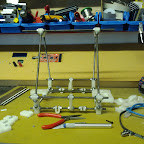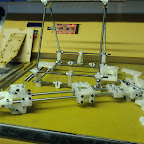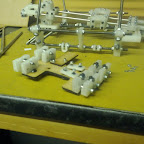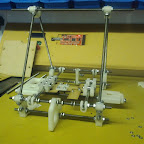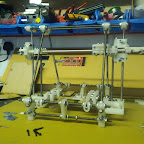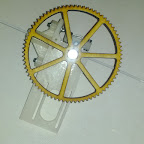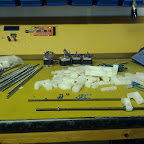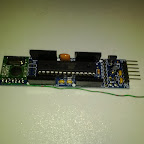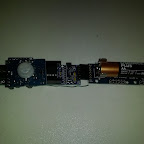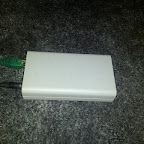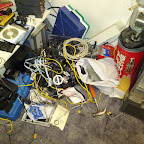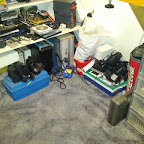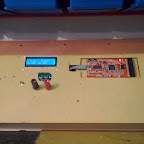Hobby electronic links
Since deciding to renew my interest in electronics over the past few months, I’ve tried various websites for supplying components and parts, along with some good sites for learning and ideas. I thought I’d do a quick write up of some of my favourites and put it all in one place.
Firstly, lets start with components. You will always need somewhere to get all your bits from, as well as tools and consumables. Here’s a few sites that I’ve found both handy and reliable. I do like to be able to get everything I need from one place, but I haven’t yet found a one stop shop for everything, but I have managed to narrow it down to just a few that will satisfy most of my needs.
- Bitsbox – This is a great site to get your basic components from. They are cheap, well stocked, and have a nice simple website to use. You won’t find things like Arduinos, or Sparkfun kits, but you will find just about all the basics you could ever need. Components can be ordered in singles, or bulk, and delivery is pretty rapid. I tend to use Bitsbox to stock up on standard things like resistors, capacitors, common chips, and other non specialist components.
- Proto-Pic – This is where you go for the more ‘building block’ style components. Things like Arduino, Sparkfun, sensors boards, breakout boards, etc. Great place with a nice easy to use website. I do find that I need to watch my spending here. It is too easy to keep loading up the basket with fun parts, especially shiny things like LEDs. There is a lot going on now in hobby electronics where you buy pre built component modules and link them up for a project, rather than scratch built circuits. Good communication from the staff here, and will part ship your order if they are having trouble with stock, instead of having you wait.
- Cool Components – Very similar to Proto-Pic. You should be able to find what you want in one of these two stores. I’ve dealt more with Proto-Pic than Cool Components, but more for familiarity than any other reason.
- Jeelabs – This is a slightly odd case, and is a more specialised shop than the rest. I’ve been working a lot with JeeNodes, and this is the place to source them from. Its a one man shop, but he is designer, builder, and shipper. He also provides a lot of information, not only on how to use his products, but also in general electronics knowledge.
- Unmanned Tech – Not exactly in the electronics section, but this is where I get my quadcopter autopilot components from. I just wanted to mention it here because the support that is given is great. Very friendly and actually want to help.
Next, lets look information sites. These are places to go for learning more about electronics, techniques, and news.
- Jeelabs Blog – As mentioned above, Jeelabs provides JeeNodes, along with other modules to go with them. The blog provides a lot of information about how to use their products, how they were designed, and also general information such as circuit design, how to improve your arduino sketches (especially making them low power), and walks you through good ways to measure and bug trace your own circuits. Well worth following.
- EEVBlog – A great, fun blog by a mad aussie. (Are there any other types?!) He has a regular video blog on a fairly wide range of electronics subjects, including reviews on lab equipment, tear downs of new gadgets, and instructions on circuit design. He’s now making a living from this blog after having many years work experience in electronics. Videos are released on a pretty frequent basis and are well worth a watch just for his enthusiasm!
- Instructables – This site is just fantastic. People from all over the world with a passion for making things can upload full build instructions to this site for all to read and reproduce. Its not just electronics here either! Anything that involves making things can be found here, from needle work to metal work! The information is free, but it is worth signing up for a full members account which allows you to view the instructables in a single page, rather than multi-page, and also download it as a PDF. Handy for putting onto an e-reader or similar. Great place to look for ideas for projects, or help on something you’re working on.
- Makezine – Makers are taking over, and this is the place that pretty much summarises the movement.
- Thingiverse – If you have a 3d printer, laser cutter, or cnc mill (or at least access to one), then you can find many actual objects available to download to be produced. The idea being, if you need something, and design it, you can then upload it to this site for anyone else to produce for themselves. An open source object library.
Thats it for the main part. A few honourable mentions go to RepRap for all your 3d printing needs, and also Youtube. There are many many videos there that are well worth a watch.

